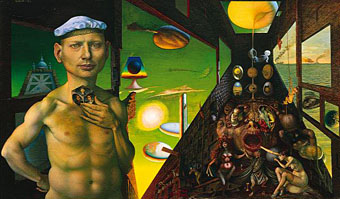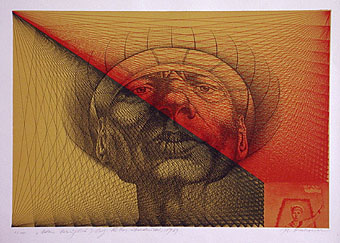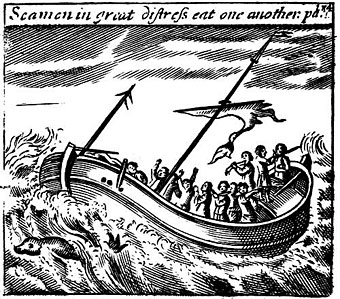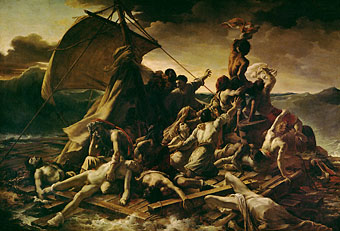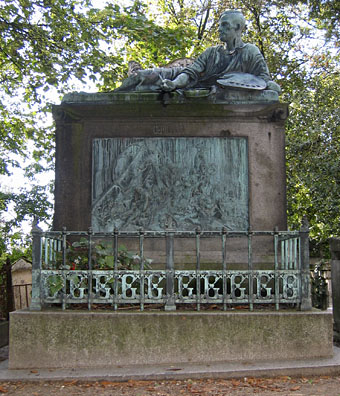“If you look at what’s transpired in Iraq, Chris, we’ve made enormous progress.”
US Vice President Dick Cheney, Fox News interview, January 14th, 2007.
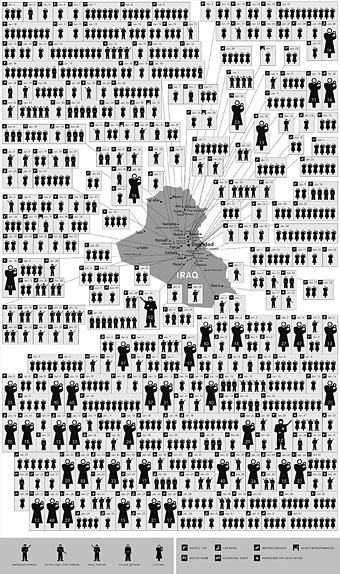
A visual depiction of the continuing human cost of the Iraq war,
by Adriana Lins de Albuquerque and Alicia Cheng. From the NYT.
In January more than 1,900 people—soldiers, security officers and civilians—were killed in the insurgency in Iraq, up from 800 in January 2006. Many corpses showed signs of torture, meaning the victims were probably killed by religious and tribal death squads. This map, based on data from the American, British and Iraqi governments and from news reports, shows the dates, locations and circumstances of deaths for the first month of the year. Given the vast size of Iraq and the communications difficulties inherent in war, the information may be incomplete. Nonetheless, it is our effort to visually depict the continuing human cost of the Iraq war.
Adriana Lins de Albuquerque is a doctoral student in political science at Columbia.
Alicia Cheng is a graphic designer at mgmt. design in Brooklyn.
Update: Seems like The Independent was taken with this as well.
Previously on { feuilleton }
• Liberty 2006


